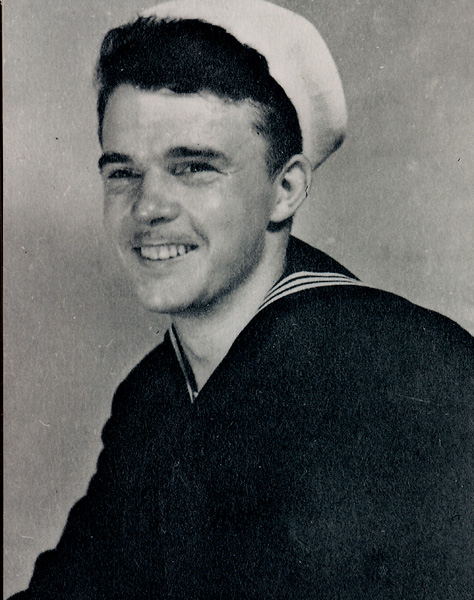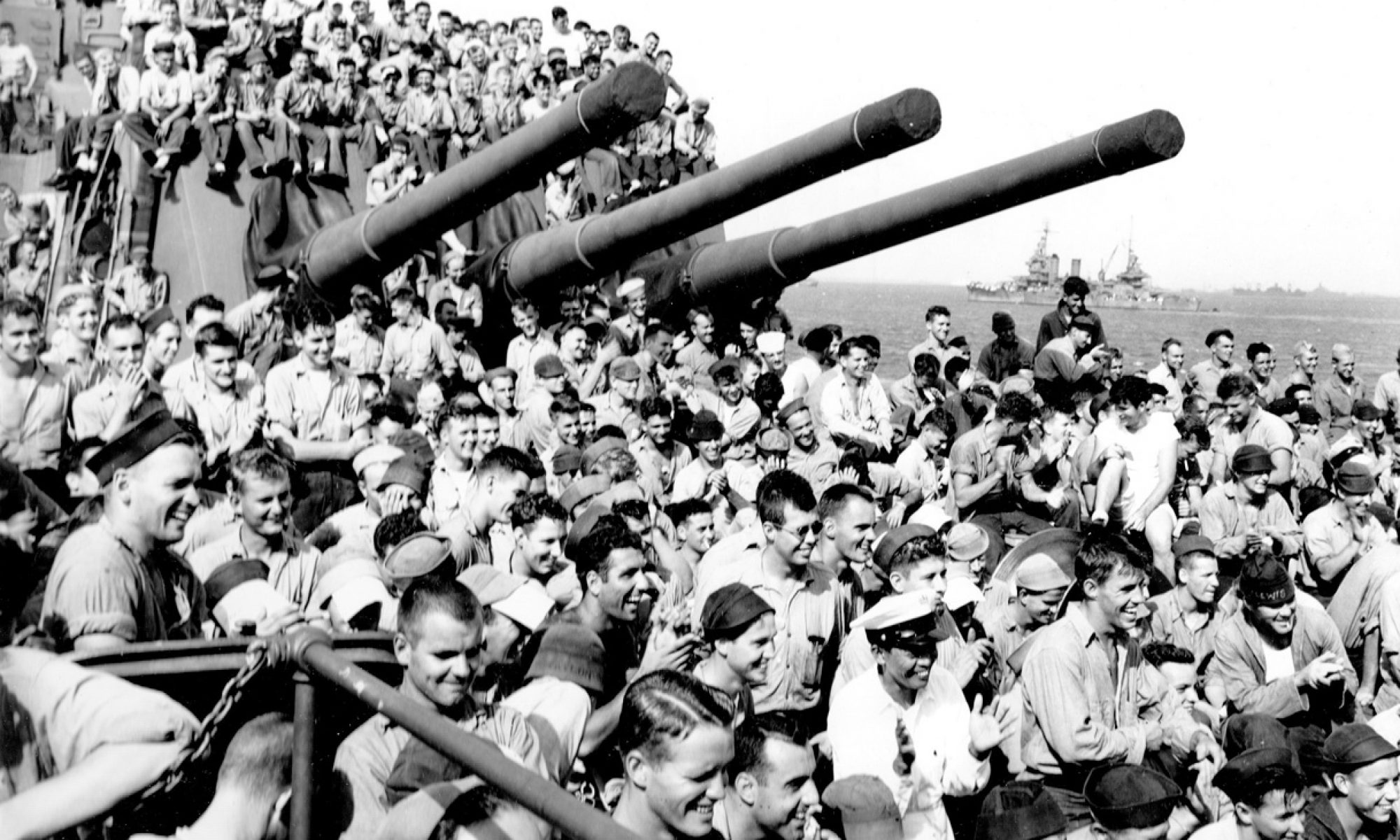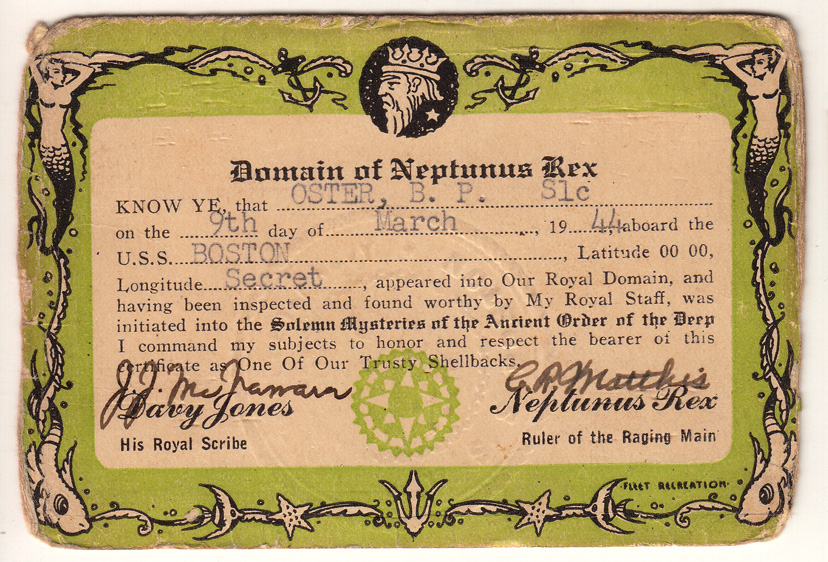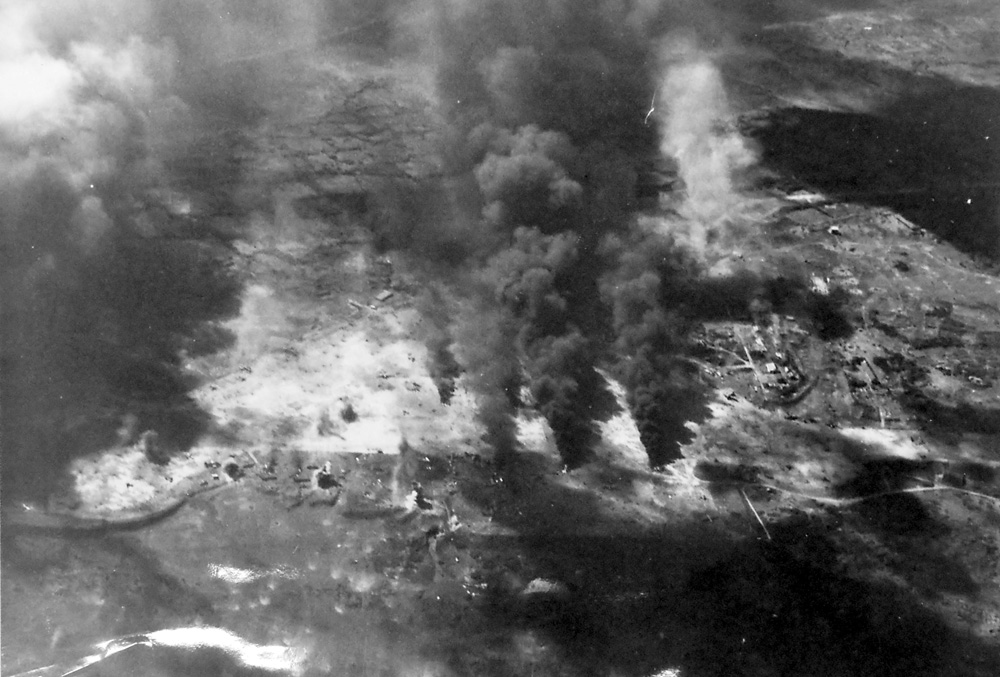07-22-12
 Bernard was aboard on Commissioning Day and was a plankowner.
Bernard was aboard on Commissioning Day and was a plankowner.
Bernard’s son, Dirk, got in touch with me a while back and told me his dad was the ship’s photographer. Everywhere the Captain went, he took Bernie along with him. Dirk told me he had a stack of photos. Would I be interested in scanning them? Guess what I said.
I have received the photos and am in the process of scanning them. I recognize many of the shots — some are in the Cruise Book, and some are part of the collection of Boston photos in the National Archives. As I published Vol 1 of my new Boston book at just about the same time as I received the pictures, I recognized some of the shots. They are in the book!
There are also many pictures of the end of the War and Occupation Duty. There are many pictures of the destruction at Hiroshima and Nagasaki: both places visited by the Boston shortly after the war ended. They are amazing! Expect some of them to appear here on the website, and in Vol. 3 of Baked Beans, in the future.
I couldn’t resist including this remarkable survivor – the initiation into the realm of Neptunus Rex, March 9, 1944 membership card:
steve




